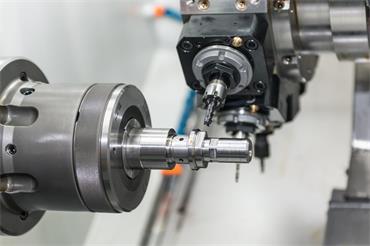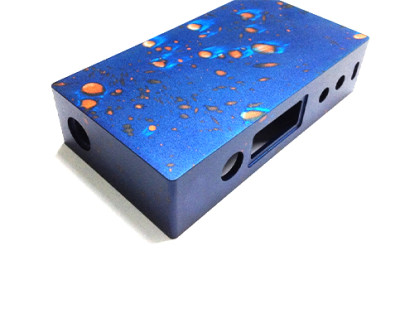Difference Between CNC Milling And CNC Turning
CNC machine tools are important equipment commonly used in modern manufacturing, among which CNC milling machines and CNC lathes are two common CNC processing methods. Although they all belong to the category of CNC machine tools, they have some obvious differences in processing technology, scope of application and workpiece shape. This article will focus on the differences between CNC milling machines and CNC lathes to help readers better understand their respective characteristics and application fields.
First of all, a CNC milling machine is a CNC machine tool that processes a workpiece by rotating a tool. It has three basic axes: X-axis, Y-axis and Z-axis. By controlling these axial movements, CNC milling machines can cut various shapes and holes in the workpiece. In contrast, a CNC lathe is a CNC machine tool that performs machining by rotating the workpiece. CNC lathes usually have two basic axes: the spindle and the feed axis. The spindle rotates the workpiece, while the feed axes control the movement of the cutting tool over the workpiece.
Secondly, CNC milling machines and CNC lathes are also different in scope of application. CNC milling machines are suitable for multi-axis cutting and precision machining of complex workpieces. It can cut a variety of materials including metals, plastics and composites. CNC milling machines are widely used in aerospace, automobile manufacturing, mold manufacturing and other fields. In contrast, CNC lathes are suitable for machining rotationally symmetrical workpieces, such as shaft parts and disc parts. It is mainly used in automobiles, ships, machinery manufacturing and other fields.
Finally, CNC milling machines and CNC lathes also differ in workpiece shape. CNC milling machine can cut various complex contours, such as grooves, holes, threads, etc. It can also perform three-dimensional surface processing, so that the workpiece has higher precision and surface quality. The CNC lathe is mainly used to process rotationally symmetrical workpieces, such as shaft parts and disc parts, and the shape usually cut is cylindrical or conical.
To sum up, the difference between CNC milling machine and CNC lathe in processing method, scope of application and workpiece shape is obvious. The CNC milling machine cuts on the workpiece by rotating the tool, which is suitable for multi-axis cutting and precision machining of complex workpieces. It plays an important role in fields such as aerospace, automobile manufacturing and mold making. In contrast, CNC lathes are processed by rotating workpieces, which are suitable for processing rotationally symmetrical workpieces, such as shaft parts and disc parts, and are widely used in the fields of automobiles, ships and machinery manufacturing.
In addition to the differences in processing methods and scope of application, there are also some differences in operation and programming between CNC milling machines and CNC lathes. A CNC milling machine needs to write a three-axis program to control the movement of the tool on the X, Y, and Z axes, and specify cutting parameters and paths. The CNC lathe only needs to write two-axis programs to control the movement of the spindle and feed axis. This makes the programming of CNC lathes relatively simple, and has low technical requirements for operators.
In addition, CNC milling machines and CNC lathes are also different in cutting principles. The CNC milling machine cuts the surface of the workpiece through the rotating tool, and can realize various cutting methods, such as end milling, end milling, drilling and milling, etc. The CNC lathe rotates the workpiece through the spindle, and performs processing operations such as turning, boring and tapping on the workpiece. Therefore, CNC lathes are more suitable for machining cylindrical and conical workpieces.
Although there are clear differences between CNC milling machines and CNC lathes, they both play important roles in modern manufacturing. According to the specific processing needs and workpiece requirements, choosing a suitable CNC machine tool can improve production efficiency and product quality. Whether it is a CNC milling machine or a CNC lathe, it represents the progress and development of manufacturing technology, bringing convenience and innovation to the production and manufacturing of all walks of life.
In short, there are obvious differences between CNC milling machines and CNC lathes in terms of processing methods, scope of application, workpiece shape, and operation programming. Understanding these differences will help manufacturing practitioners choose the right CNC machine tool and give full play to its advantages to improve production efficiency and product quality.






